I never got antibiotics and was given steroids at least five different times. They left me handicapped, in a wheelchair – not able to lift my legs, stiff, with spasms. After eight years I’ve been on antibiotic pills and I.V. for two. Can anything reverse the steriod damage?
One of the truly great tragedies of “modern” medicine is the improper use of steroids. They can destroy the bone/cartilage in the body and leave a person severely debilitated, as you well know. Restoration is difficult. You can help your condition but it will take a long time and you will have to be extremely focused and persistent. How much you can correct, I can’t predict. Here is what I would do to begin with:
Herbs:
Drynaria (1st Chinese herbs.com) [Use coupon code “LYME” at checkout for 10% off.]
Teasel root tincture (Woodland Essence)
Panax notoginseng tincture (Woodland Essence)
Pine pollen tincture (Woodland Essence)
Nettle root: 1200 mg daily
Japanese knotweed (Green Dragon Botanicals) 3 capsules 3x daily
Buy the three tinctures from Woodland Essence and combine together (you can pour them back in the bottles, just label them, or you can ask Woodland Essence to do it for you and put them in a 4 ounce bottle). Take 1 tsp 3x daily for at least a year.
Buy powdered drynaria, take 1 TBS in a.m. in juice and 1 TBS in evening before bed (in juice) for a year.
This formulation would also be useful long term: Seven Forests Drynaria 12.
Supplements:
Quercetin 1500 mg daily on empty stomach in 3 divided doses
Egcg (green tea extract, 1500 mg daily on an empty stomach in 3 divided doses)
Cal/mag supplement, effervescent (Thorne Research, dosage as on label)
Manganese, 20 mg daily
Vitamin K, 1 mg daily
Vitamin B complex 2 tablets daily
Boron, 2 mg daily
Vitamin D3, 400 IU daily
Everything should be taken long term. It will take awhile. You might also consider using ashwagandha and rhodiola long term as well, they will help.




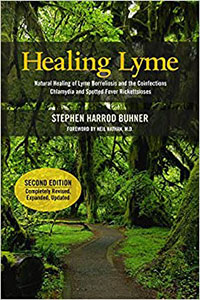
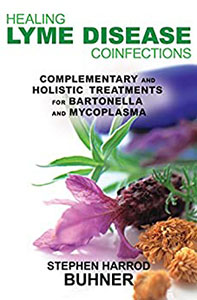
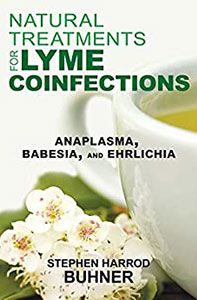
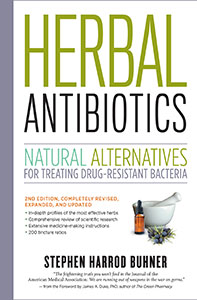
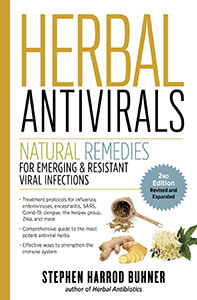
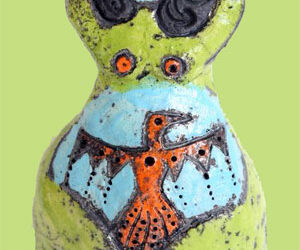


My wife and I both had steroids before we were diagnosed with lyme. Mt wife had a lot more than me. She now has neuro-lyme and bartonella. She requires 24/7 care, I have lyme, bartonella and parasites. We both have been on and off meds.The wife had months of IV’s with no results. 25 years no diagnoses and 3 years of treatment since 12/15. Your dosing will be a challenge since my wife refuses most pills.
Dear Stephan , Thanks for your continued support and education for Chronic Lyme Patients”. What do you recommend for the Lyme CEREBRAL VASCULITIS…….from what I have read about, it is the “autoimmune problem/component” of Neuro Lyme that causes it……..BUT it can be SERIOUS. Gratefully, Susan